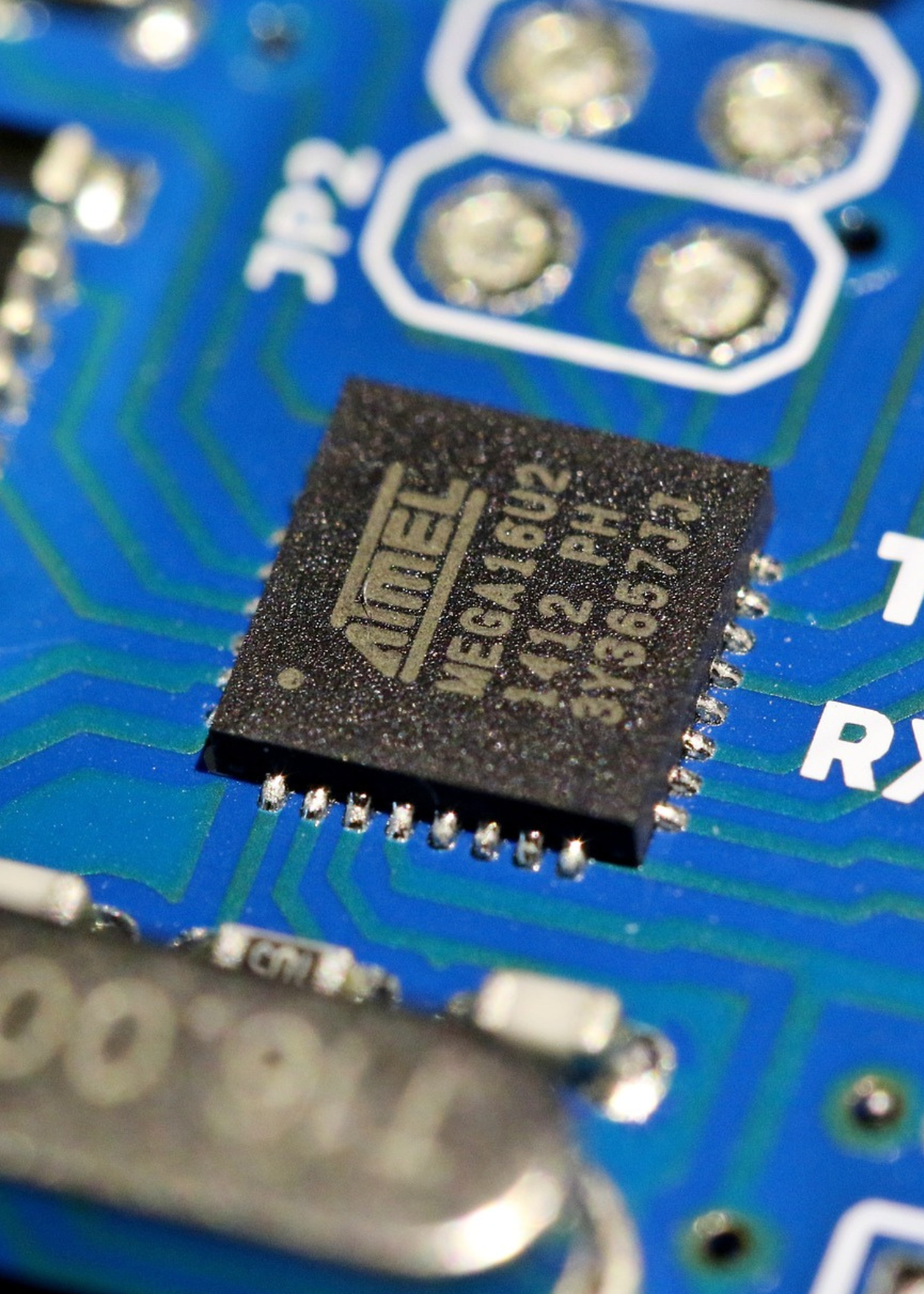Introduction to Arduino Mega 2560
In the vast realm of microcontroller boards, the Arduino Mega 2560 stands tall with its impressive features and robust performance. With the increasing popularity of microcontrollers in DIY projects and professional applications, understanding the strengths and unique features of each board is crucial. This article delves deep into the world of the Arduino Mega 2560, offering insights, comparisons, and use-cases.
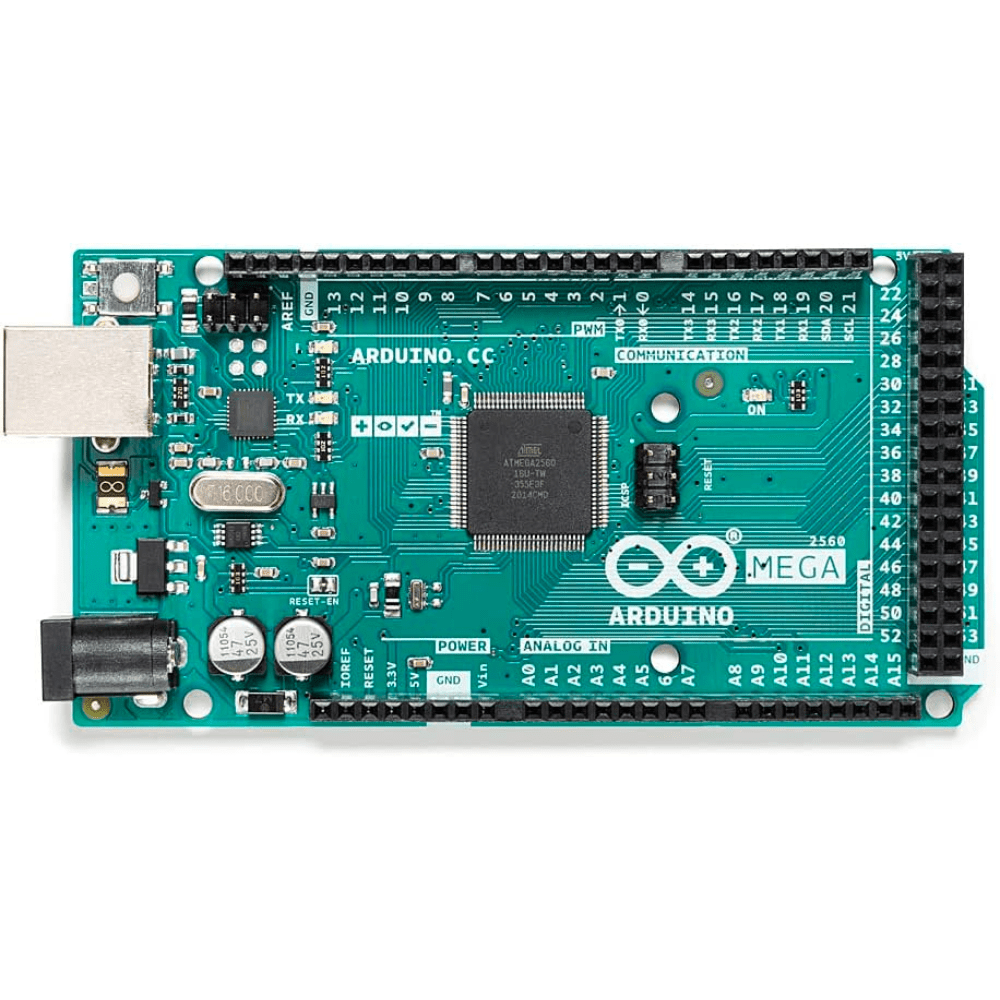
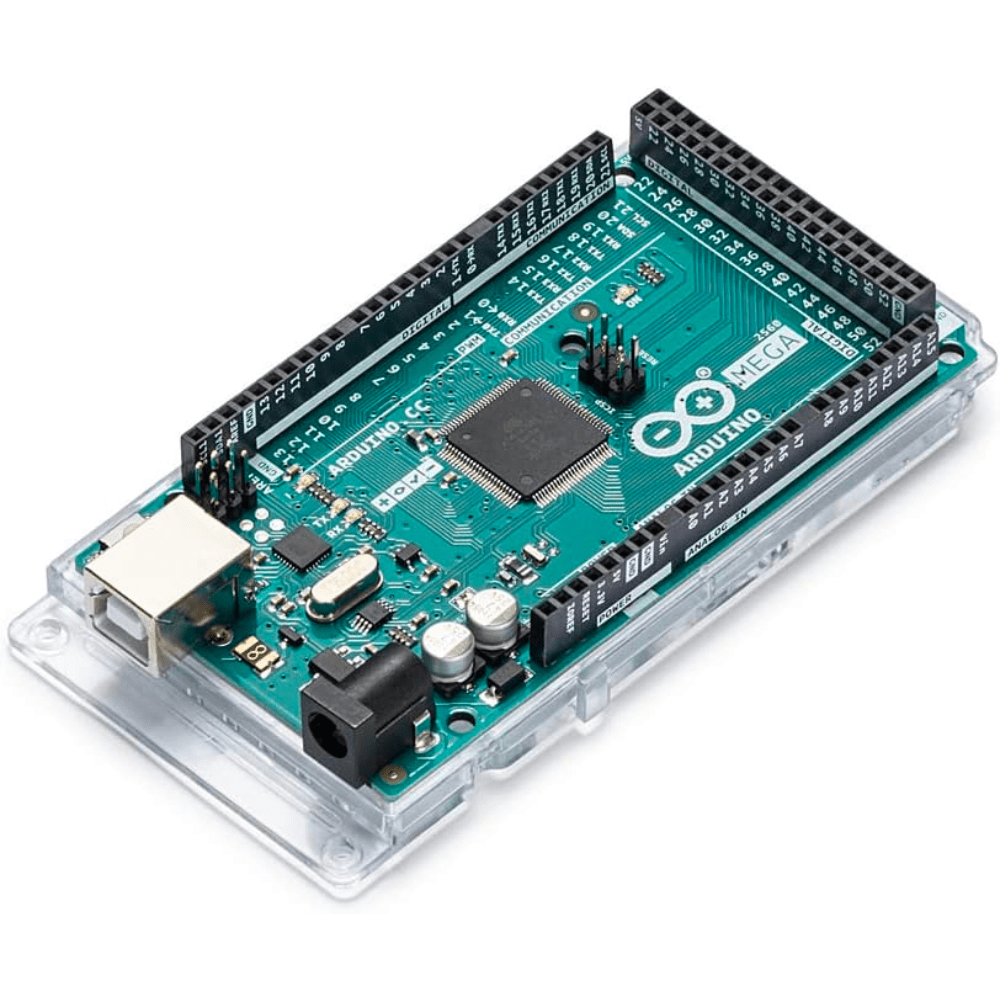
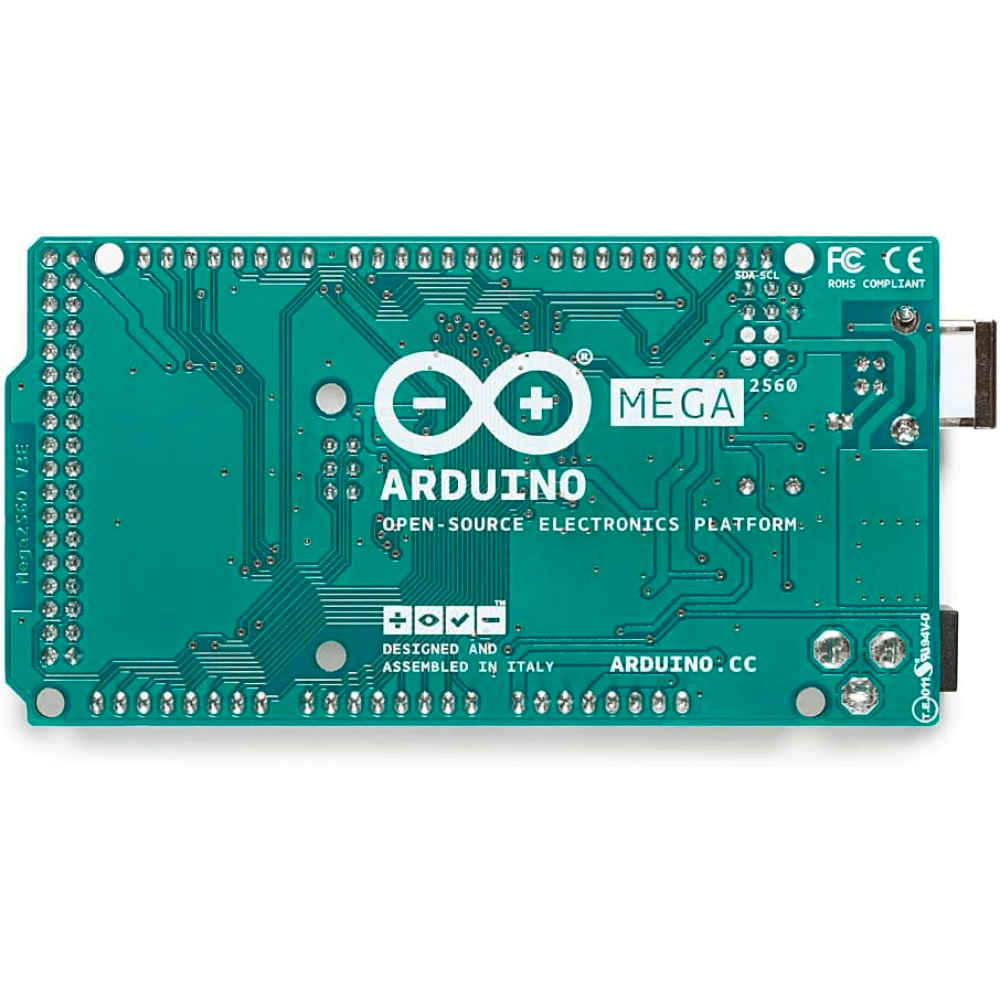
Specifications and Features of Arduino Mega 2560
Originating from the Arduino family, the Arduino Mega 2560 is a microcontroller board based on the ATmega2560. It comes equipped with:
- 54 digital pins, where 15 can be used as PWM outputs
- 16 analog input pins, which can be repurposed as digital pins
- 4 hardware serial ports for serial communication
- A USB connection for programming and power
- A power jack that can be fed by an AC to DC adapter
- A VIN pin for external power supply
- A reset pin to restart the microcontroller
- An AREF pin, and a not connected pin (NC), which is a placeholder for future updates.
This board's capacity to handle multiple inputs and outputs makes it a prime choice for complex projects that exceed the capabilities of smaller Arduino boards like the Uno.
Arduino Mega 2560 vs. Other Boards: The Big Question
Why Arduino Mega 2560 over an ESP32 or Arduino Uno?
- More I/O Pins: With 54 digital pins and 16 analog inputs, the Mega 2560 surpasses the Uno's capabilities. This is especially crucial for projects requiring numerous sensors or actuators.
- Robust Serial Communication: Boasting 4 hardware serial ports, Mega 2560 is a powerhouse for projects that involve serial communication with multiple devices.
- Flexibility: The Arduino Mega 2560 Rev3, the latest version, offers enhanced features while retaining backward compatibility with earlier versions and compatibility with most shields designed for the Uno.
- Reliability: Its tried-and-tested design ensures reliable performance in long-term projects.
However, while the ESP32 boasts integrated Wi-Fi and Bluetooth, the Arduino Mega 2560 does not natively support these features. This means for projects centered around IoT or those that require wireless communication, additional shields or modules might be needed with the Mega.
| Feature/Specification | Arduino Mega 2560 | Arduino Uno | ESP32 |
|---|---|---|---|
| Microcontroller Chip | ATmega2560 | ATmega328P | ESP32-D0WDQ6 |
| Operating Voltage | 5V | 5V | 3.3V |
| Digital I/O Pins | 54 | 14 | 36 |
| Analog Input Pins | 16 | 6 | 18 |
| Flash Memory | 256 KB | 32 KB | 4 MB |
| SRAM | 8 KB | 2 KB | 520 KB |
| Clock Speed | 16 MHz | 16 MHz | Up to 240 MHz |
| Wireless | No | No | Wi-Fi, Bluetooth |
| Price Range (as of 2021) | Approx. $10 - $60 | Approx. $5 - $30 | Approx. $4 - $20 |
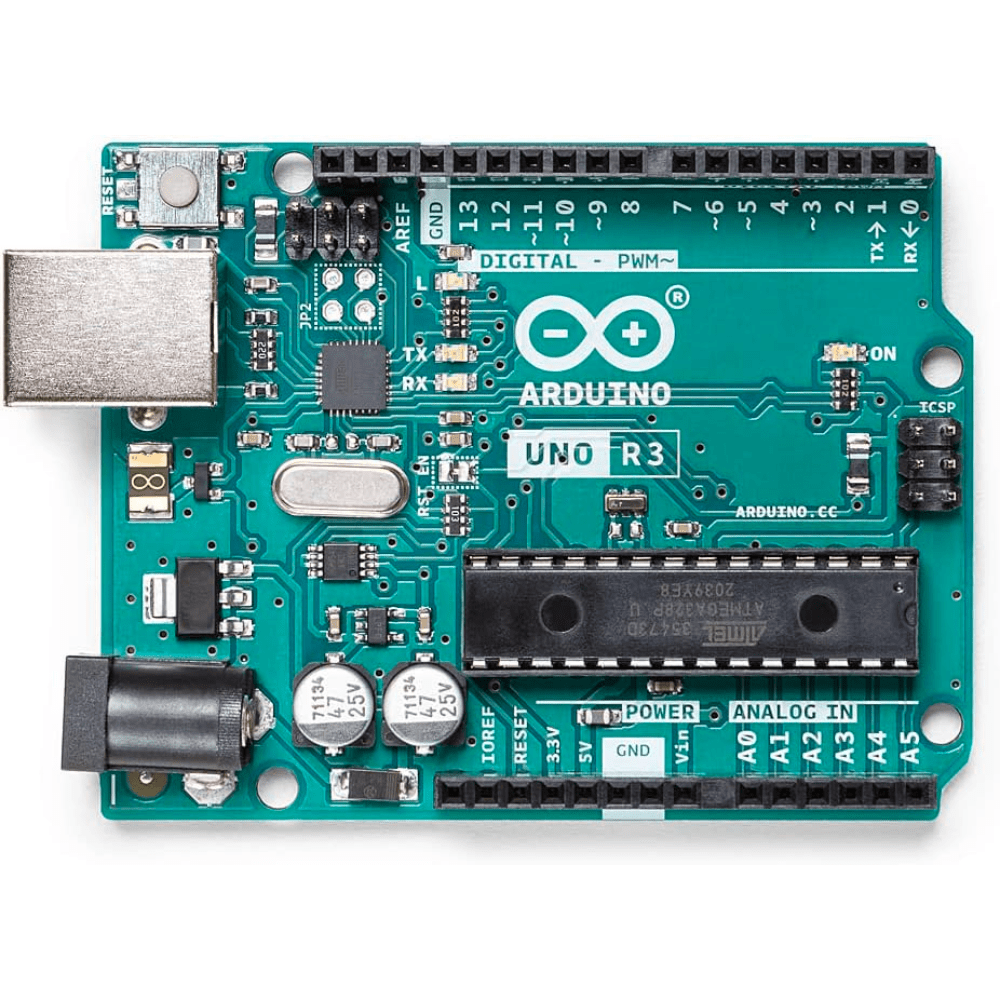
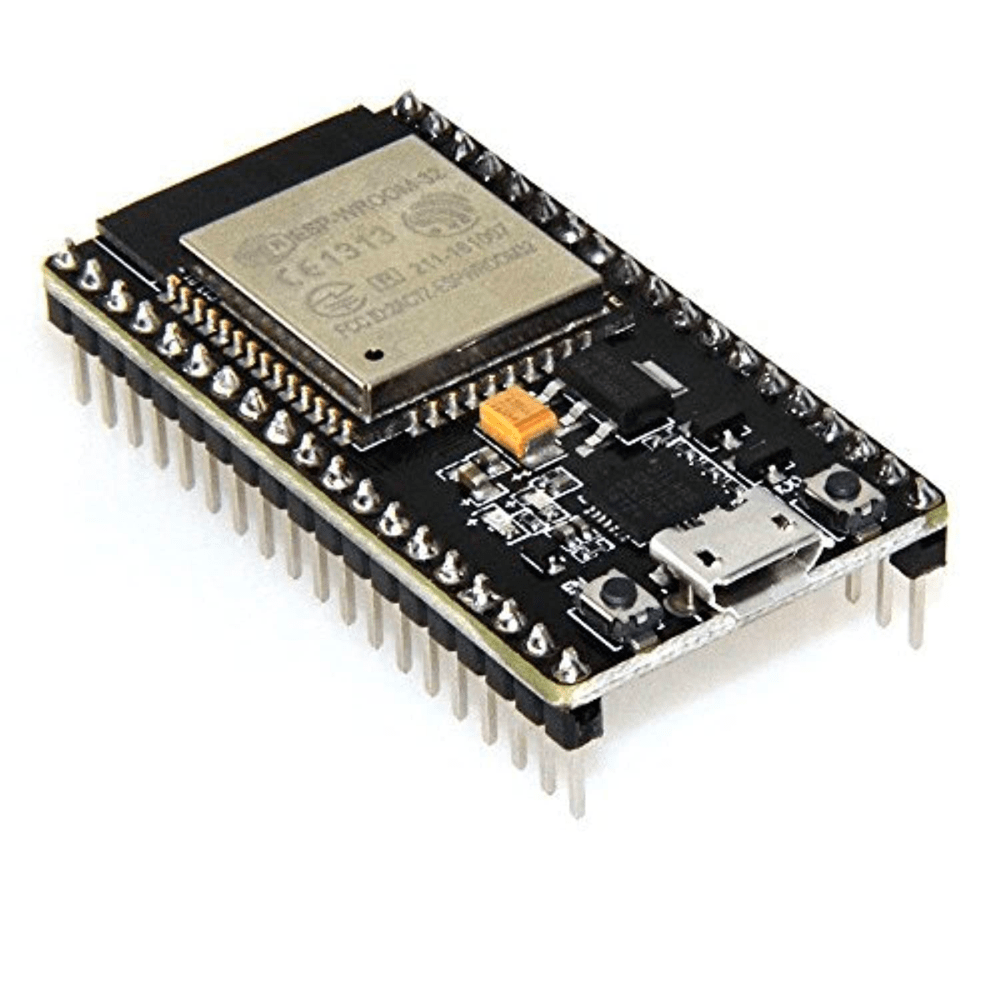
Setting Up the Arduino Mega 2560
- Connection: Use a USB cable to connect your Arduino Mega 2560 to your computer. It's the same type of USB connection often used for printers.
- Software: Download the Arduino Software (IDE). This IDE will allow you to write and upload programs to your Arduino board.
- Board Selection: Within the Arduino software, navigate to Tools -> Board and select Arduino Mega 2560.
- Port Selection: Ensure that the software recognizes your board by selecting the appropriate port under Tools -> Port.
- Uploading Code: Once you've written or selected your desired program, use the upload button (right-arrow icon) to transfer it to the Mega 2560.
Integrated Tools and Advanced Programming with Arduino Mega 2560
While the Arduino Software (IDE) offers a user-friendly environment for programming, integrating advanced tools can elevate your coding game. For instance, tools like ChatGPT by OpenAI can assist in generating code snippets, debug errors, or even offer insights on optimizing your projects.
Use-Cases and Applications
The vast number of pins and enhanced serial communication abilities makes the Arduino Mega 2560 suitable for:
- Home Automation Systems: Controlling multiple appliances, lights, and sensors from one central unit.
- Robotics: Robots that require multiple servos, sensors, and communication devices.
- Advanced Musical Instruments: Creating digital instruments with multiple inputs, outputs, and sound modules.
- Educational Kits: Especially those kits aimed at teaching advanced electronics and robotics to students.
Some Great External Resources
Arduino Official Website: The primary source for all things Arduino, including documentation, tutorials, and forums.
Instructables - Arduino Projects: A platform offering DIY projects and tutorials. There's a significant section dedicated to Arduino-related projects.
Hackster.io - Arduino Mega 2560 Projects: A community-driven platform, showcasing various projects based on different boards, including the Arduino Mega 2560.
SparkFun Tutorials: Offers a wide range of tutorials and projects for different Arduino boards and electronics in general.
Maker Pro - Arduino: Dedicated to electronics and Arduino projects, offering resources for both beginners and advanced users.
Adafruit Learning System: Adafruit is a well-known distributor of electronic components, and their learning system contains several tutorials for Arduino platforms.
Electronics Hub - Arduino Projects: Offers a list of Arduino-based DIY projects with circuit diagrams, descriptions, and codes.
Open Electronics: It covers a range of topics in the electronics domain, including several projects and tutorials related to Arduino boards.
Random Nerd Tutorials: Predominantly focused on Arduino and ESP platforms. It offers easy-to-follow tutorials, especially beneficial for beginners.
- Arduino Stack Exchange: A question-and-answer site for developers of open-source hardware and software compatible with Arduino.
These resources can serve as supplementary reading materials for enthusiasts looking to expand their knowledge or seek specific solutions related to the Arduino Mega 2560 and other microcontroller platforms.
Future of Arduino Mega 2560 in the IoT Era
While the world is leaning towards the Internet of Things (IoT) with devices like ESP32 leading the charge due to their integrated Wi-Fi and Bluetooth, the Arduino Mega 2560 still holds its ground. With external modules, the Mega can be integrated into IoT systems, offering a reliable and robust solution for complex tasks that require numerous pins and advanced serial communications.
The Arduino Mega 2560, with its vast array of pins and superior serial communication capabilities, offers a reliable solution for both hobbyists and professionals. Whether you're looking to delve into advanced home automation, robotics, or any project that requires a multitude of sensors and actuators, the Mega 2560 might just be the board you need.
For more insights, tutorials, and advanced use-cases, websites like the Arduino official forum, Instructables, and Hackster.io offer a plethora of resources. Embrace the world of microcontrollers and let your creativity run wild!
Related Pages:

